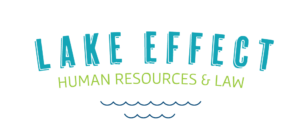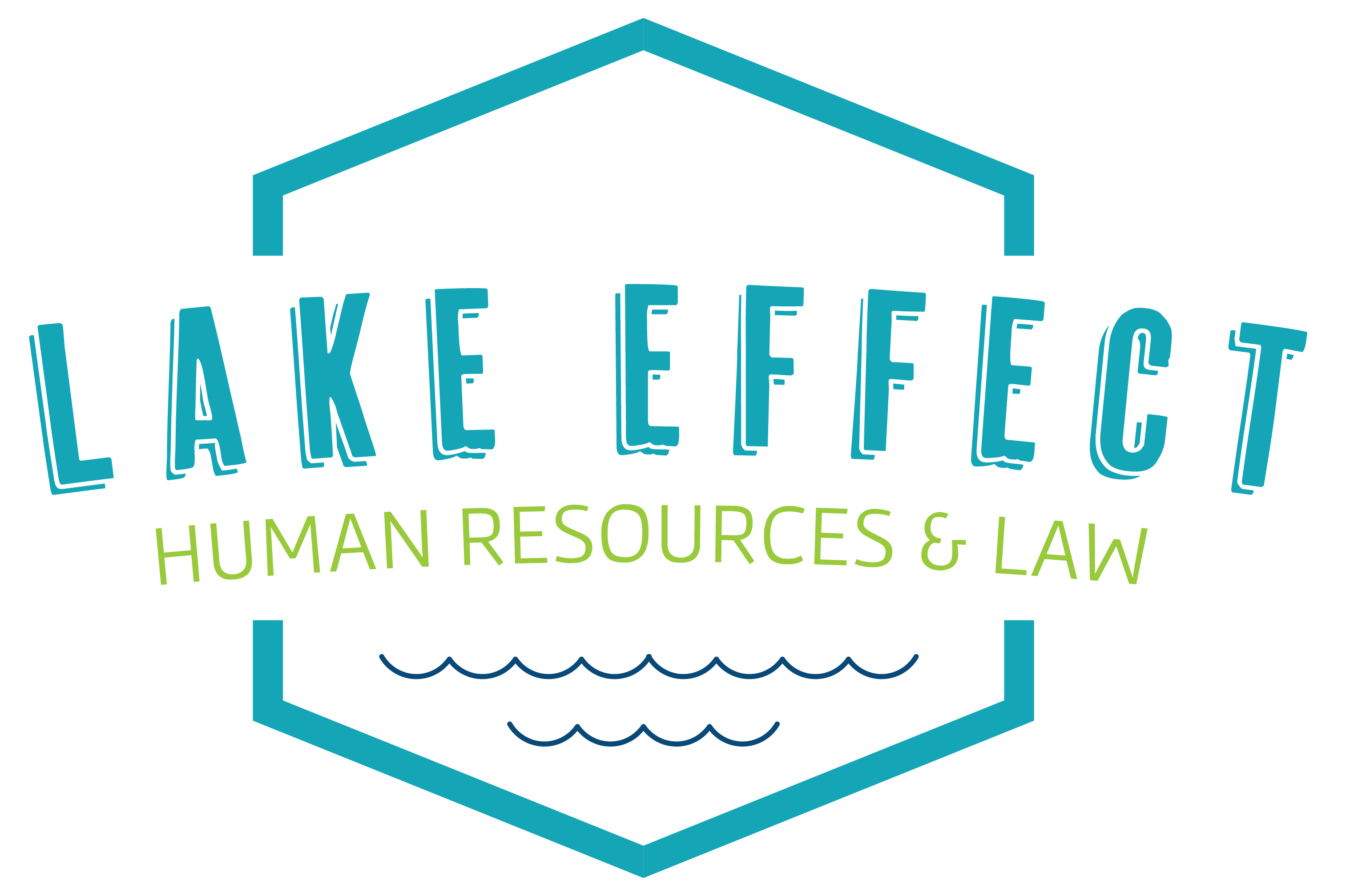President Biden Signs Law Making Juneteenth a Federal Holiday

On June 17, 2021, President Biden signed into law Juneteenth National Independence Day, making June 19 the 12th federal holiday. Juneteenth commemorates the end of slavery in the United States in 1865, almost three years after the Emancipation Proclamation was signed in 1862. Most federal employees will observe the holiday on Friday, June 18 this […]
Mask mandates end, but employers have options

With mask orders lifting around the country, many employers are left wondering what to do in their own workplace. In most communities, employers have several options, including the following: Remove all masking requirements in your workplace or place of business Require all employees and visitors to wear masks at all times Allow fully vaccinated employees […]
Wisconsin Communities’ Face Covering Requirements Expiring

Outagamie County, Dane County, and the city of Milwaukee have joined the growing list of communities across the country that are lifting their mask and other COVID-related public health orders. Outagamie County lifted its face mask requirements on May 13, 2021. Public Health Madison & Dane County (PHMDC) announced on May 18, 2021 that its […]
DOL Withdraws Final Rule on Independent Contractor Status under FLSA

On May 5, 2021, the Department of Labor (“DOL”) announced a new final rule withdrawing the “Independent Contractor Status Under the Fair Labor Standards Act” final rule (Independent Contractor Rule) that had been published on January 7, 2021, to take effect on March 8, 2021. Of note, the DOL is not issuing new federal guidance […]
Major Provisions of Final Tip Pool Rule Become Effective April 30, 2021

Three main provisions of the US Department of Labor’s final tip pool rule take effect April 30, 2021. Other parts of the rule are delayed and could be further revised by the Biden Administration. For a complete discussion of the final rule, issued on December 22, 2020, please see Lake Effect’s prior blog on this […]
IRS Issues Guidance on ARPA Tax Credits and COVID-19 Vaccinations

On April 21, 2021, the IRS and the US Treasury Department published a fact sheet on the tax credits available under American Rescue Plan Act (ARPA) to employers who provide paid leave to employees who get COVID-19 vaccinations. ARPA extends tax credits previously established under the Families First Coronavirus Response Act (FFCRA) to reimburse employers […]
Call to Action: New COBRA Notices Due Soon

On April 12, 2021, Lake Effect HR & Law posted a blog notifying our readers about new COBRA provisions under the American Rescue Plan Act of 2021 (ARPA). We encourage employers who are federal or state COBRA covered employers to take prompt action, as deadlines for notices are upon us. Starting April 1, 2021, employers […]
American Rescue Plan Act Extends and Expands Voluntary Employer-Provided FFCRA Leaves

Under the American Rescue Plan Act of 2021 (ARPA), employers who opt to continue paid leaves originally required under the Families First Coronavirus Response Act (FFCRA) can provide a greater amount of paid leave for a broader range of reasons and still receive tax credits to cover 100% of costs related to those leaves. FFCRA […]
Twelve Months Later: How Has Your Organization Evolved?

The past 12 months have been a time like no other, forcing organizations to pivot quickly to accommodate a new reality. Now is the time to review handbook policies and internal processes that may have been revised on the fly in response to changing circumstances. You can start by reviewing the ways your organization has […]
New Law Limits COVID-19 Civil Liability For Wisconsin Employers

Governor Evers signed 2021 Wisconsin Act 4 into law on February 26, 2021, providing Wisconsin employers with broad protection from civil law claims relating to COVID-19. Effective March 1, 2020, Wisconsin businesses, schools, and non-profit organizations are immune from civil liability for the death of or injury to any individual or damages caused by an […]

